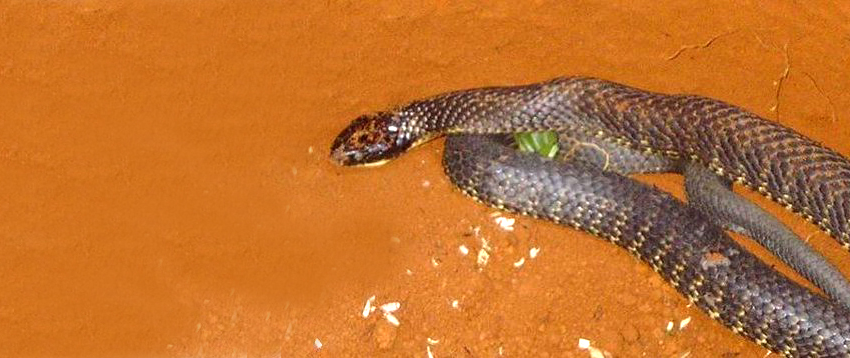The tiger snake is a highly venomous snake species found in the southern regions of Australia, including coastal islands, such as Tasmania. They inhabit swamps, lagoons, areas near
- Zoology
- Daily Critter Facts
- For Teachers
- Study Guides
- Animal Diseases & Parasites
- Contact

